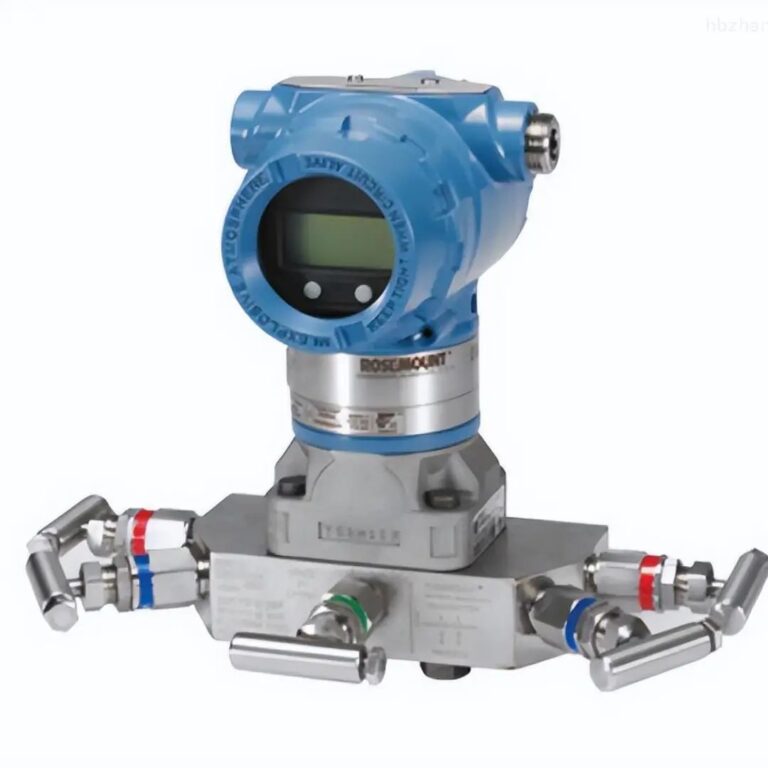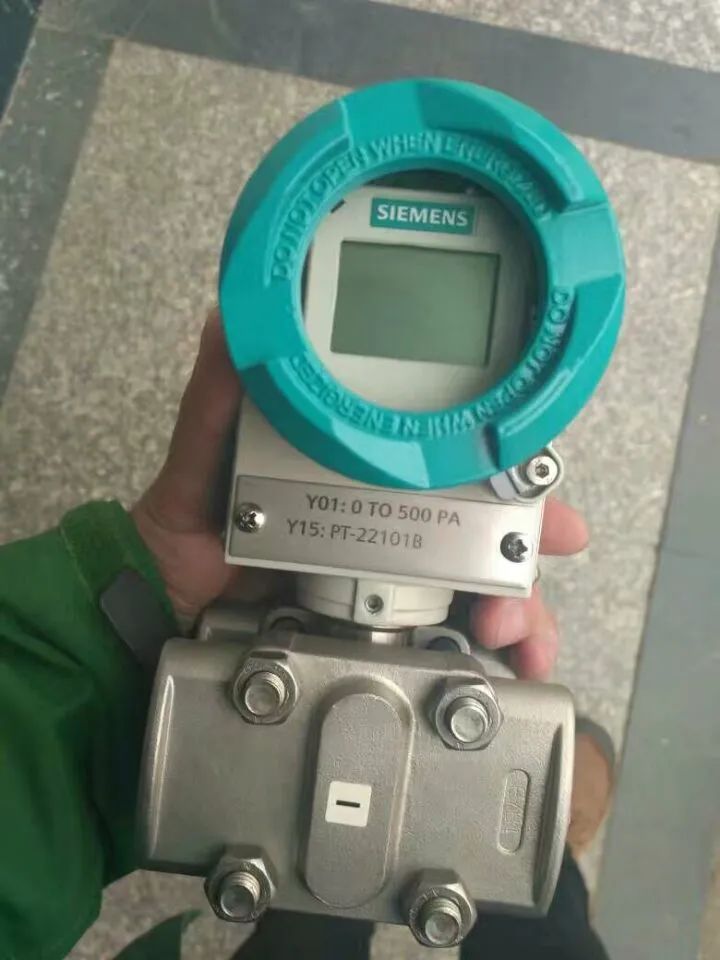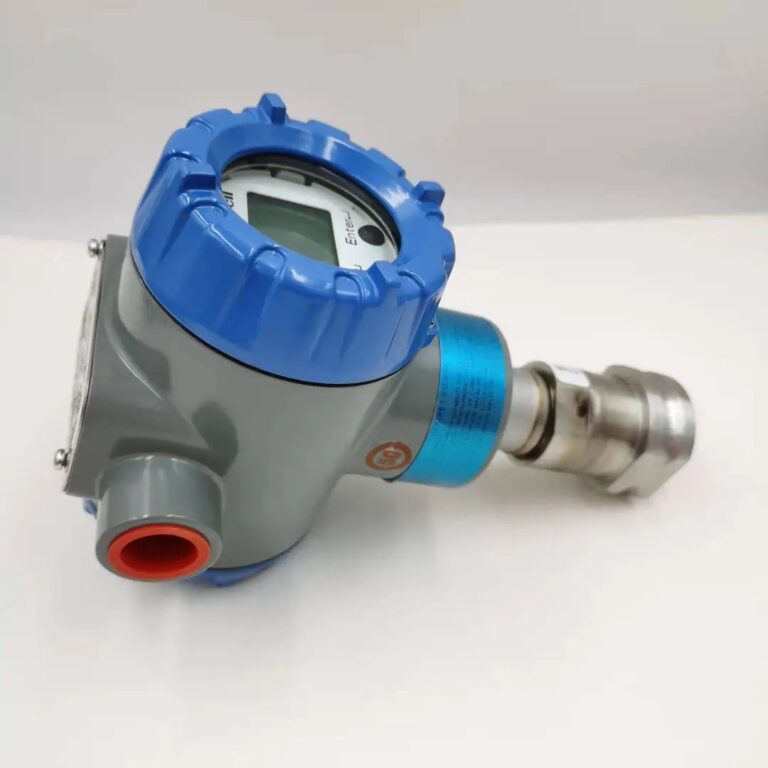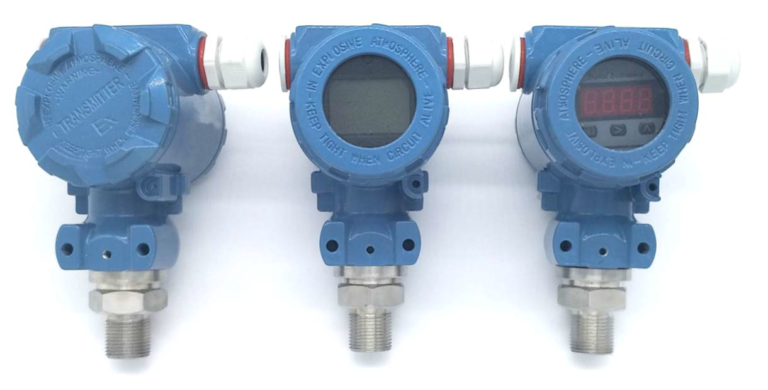1. Abnormal or No Display on the Flowmeter
Possible Causes:
- Faulty differential pressure transmitter.
- Clogged or leaking impulse lines.
- Damage or improper installation of the throttling device.
- Power supply or signal line issues.
Troubleshooting Steps:
- Check the differential pressure transmitter for proper operation. If necessary, recalibrate or replace the transmitter.
- Inspect the impulse lines for blockages or leaks, and clean or replace the lines as needed.
- Verify the throttling device for damage or incorrect installation. Reinstall or replace if necessary.
- Examine the power supply and signal lines to ensure proper connections.
2. Large Fluctuations in the Displayed Flow Value
Possible Causes:
- Air bubbles or impurities in the fluid.
- Presence of liquid or gas in the impulse lines.
- Instability or pulsation in the fluid flow.
- Inadequate design of the throttling device.
Troubleshooting Steps:
- Inspect the fluid for cleanliness. Install filters or air vents if needed to remove bubbles or impurities.
- Ensure that the impulse lines are free from any accumulated liquid or gas. Purge the lines to ensure they contain a single phase of the fluid.
- Check the flow stability; adjust process conditions or add pressure stabilization equipment if necessary.
- Reassess the design of the throttling device to ensure it is suitable for the current operating conditions.

3. Flowmeter Reading is Too High or Too Low
Possible Causes:
- Zero drift in the differential pressure transmitter.
- Improper installation of the impulse lines (e.g., incorrect alignment or inconsistent height).
- Wear or blockage in the throttling device.
- Variations in fluid density or viscosity.
Troubleshooting Steps:
- Recalibrate the zero point of the differential pressure transmitter.
- Inspect the installation of the impulse lines to ensure they are installed as per specifications, ensuring proper horizontal or vertical alignment.
- Check the throttling device for wear or blockages. Clean or replace the device as necessary.
- Adjust the flow calculation parameters (e.g., density, viscosity) based on the actual process conditions.
4. Abnormal Output Signal from the Differential Pressure Transmitter
Possible Causes:
- Internal component failure of the transmitter.
- Poor or faulty connections in the signal wiring.
- Environmental temperature or pressure conditions exceeding the transmitter’s specified working range.
Troubleshooting Steps:
- Check the differential pressure transmitter for any internal component failure. If needed, replace the transmitter.
- Inspect the signal wiring for secure connections, ensuring there is no interference or damage.
- Verify that the environmental conditions (temperature, pressure) are within the transmitter’s specified operating limits. Take protective measures if necessary.

5. Clogged Impulse Lines
Possible Causes:
- Presence of solid particles or viscous substances in the fluid.
- Lack of regular maintenance or cleaning of the impulse lines.
Troubleshooting Steps:
- Install a filter or perform regular cleaning of the impulse lines to prevent blockages.
- Conduct periodic inspections of the impulse lines to ensure they remain clear and free from obstructions.
6. Damage or Wear to the Throttling Device
Possible Causes:
- Prolonged use leading to wear and tear.
- Presence of corrosive or abrasive substances in the fluid.
Troubleshooting Steps:
- Regularly inspect the throttling device and replace it when necessary.
- Select throttling devices made from corrosion-resistant or wear-resistant materials to handle abrasive or corrosive fluids.
7. Impact of Environmental Factors
Possible Causes:
- Temperature changes causing variations in fluid density or viscosity.
- Vibration or shock affecting the stability of the instrument.
Troubleshooting Steps:
- Adjust the flow calculation parameters to account for temperature variations, especially fluid density and viscosity.
- Implement vibration-damping measures to ensure the flowmeter is securely installed and unaffected by external vibrations or shocks.

8. Improper Installation of the Flowmeter
Possible Causes:
- Misalignment of the throttling device with the pipeline.
- Insufficient straight pipe length before or after the throttling device.
- Incorrect direction of installation of the impulse lines.
Troubleshooting Steps:
- Reinstall the throttling device, ensuring it is aligned with the pipeline for proper operation.
- Ensure there is sufficient straight pipe length both upstream and downstream of the throttling device, as specified by the manufacturer.
- Verify the direction of installation of the impulse lines to comply with the design requirements, ensuring accurate pressure measurement.

Conclusion:
By following these troubleshooting steps, most common faults associated with differential pressure flowmeters can be identified and rectified. Proper maintenance, regular inspections, and ensuring correct installation practices will extend the life of the flowmeter and improve its accuracy and reliability. Always follow the manufacturer’s guidelines and take into account the specific operating conditions for optimal performance.
